A beginner-friendly Introduction to Linear Algebra for Machine Learning.
One of the topics in math that you'll find in machine learning courses as a pre-requisite is Linear Algebra.
What is 'Linear Algebra' and how is it used in machine learning? We'll answer just that in this blog post.
Prerequisites to follow along: None.
The Matrix
This is the heart of Linear Algebra.
A matrix is essentially a bunch of numbers stored between 2 brackets in a tabular manner.

What could these numbers in the matrix be?
Here are a couple of examples👇
- Pixels in an image
Left is an image of '8' and on the right is a matrix showing the numerical values of each pixel (black-0, white-255).

- Tabular Data from an excel sheet.

We represent matrices(plural for a matrix) in Python using a LoL (List of Lists).
matrix = [[1,2,3],
[4,5,6],
[7,8,9]]
The below picture shows the mathematical notation for writing matrices.
'i' denotes the number of terms on the Y-axis and 'j' denotes the number of terms on the X-Axis in the Matrix.
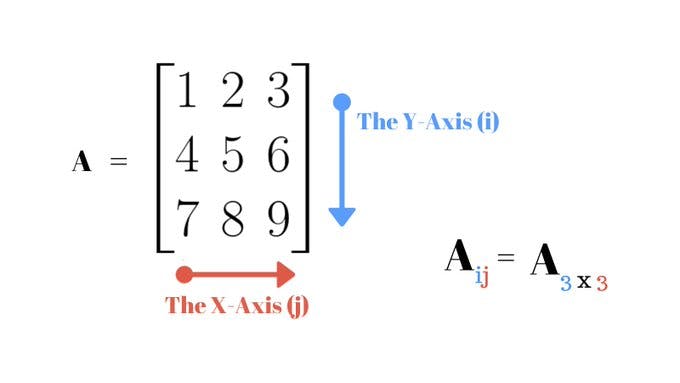

Transpose of a Matrix
'Transpose' is one way to transform a matrix Imagine you have an imaginary line going from the top-left corner of the matrix to the bottom right, and then you interchange the opposite values.
The matrix you get after switching the values is the transpose of the matrix.
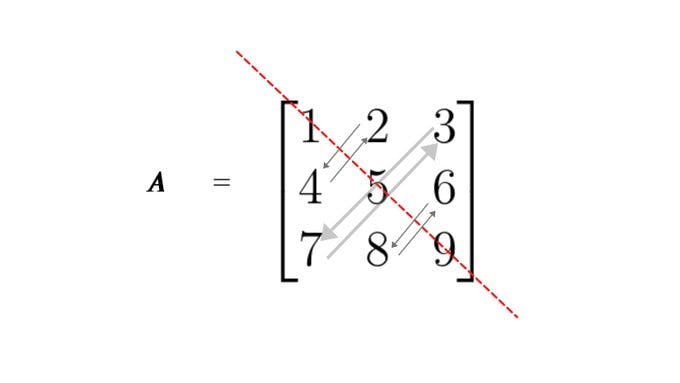
Think of a transpose as flipping the matrix along the red line.
In mathematical notation, a transpose is denoted by a small 'T' at the top of the letter that was originally assigned to the matrix.
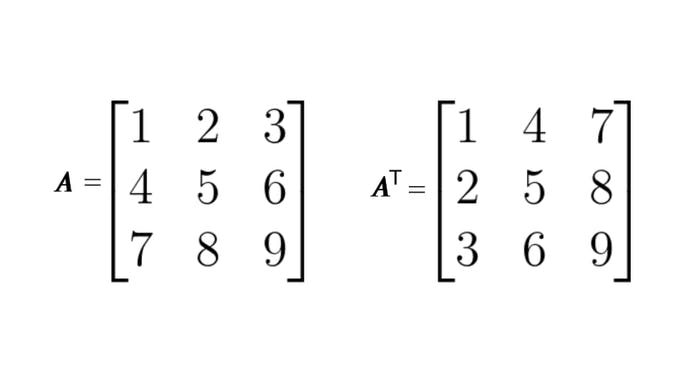
Identity Matrix
There is a special type of matrix called the 'identity' matrix.
They look like this (basically the top-left to bottom-right diagonal consists of 1s and the other values are 0s.
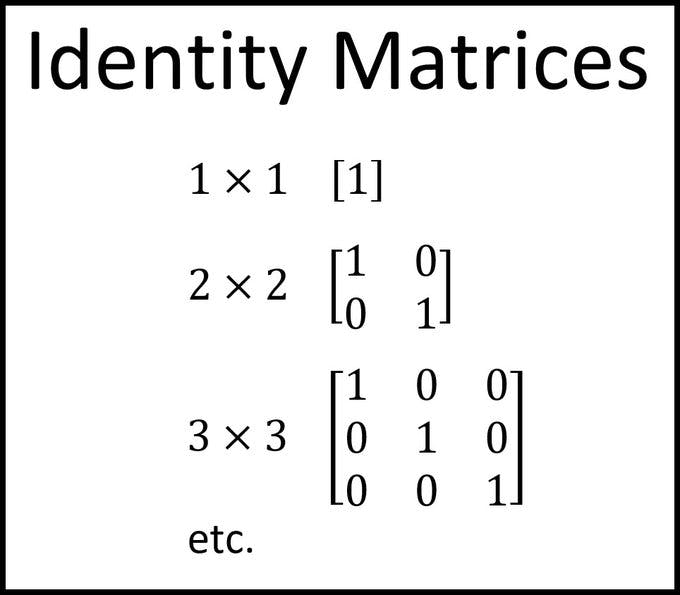
Adding, Subtracting and Multiplying matrices
We can also add, subtract or multiply matrices.
Adding and subtracting matrices is as simple as adding/subtracting the corresponding values of the matrices.
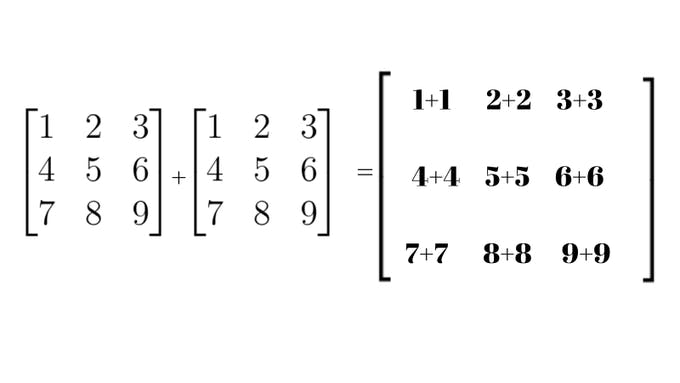
On the other hand, multiplying matrices is a bit tricky.
It looks somewhat like this👇
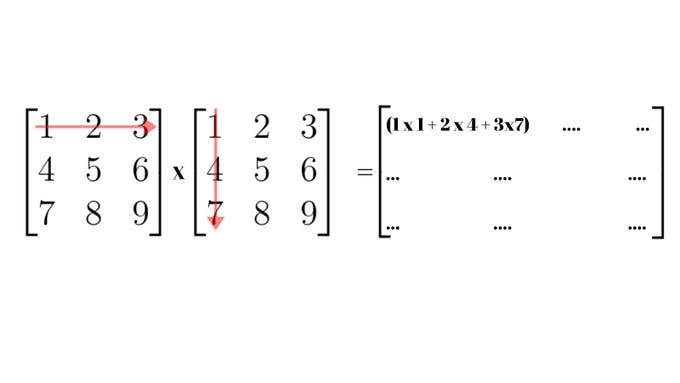
It probably doesn't make sense, which is why you should look at this site.
But, why is Linear Algebra important in Machine Learning?
Let's say we want to make a machine learning model that can recognize numbers in a given image.
We can't just give this image to a computer and ask "Hey, what number is in this image?"

We need to convert that image into something that a computer can understand, like a LoL (List of Lists 😉) which is a representation of a matrix in Python.
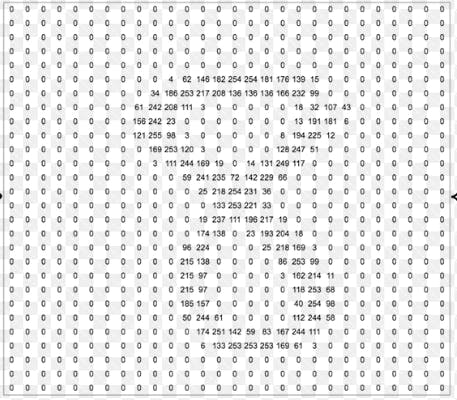
Many times we need to transform this matrix in a way that our machine learning model wants it to be.
It could be a transpose, addition, or multiplication but I won't get into the specifics of it.
Another thing that you must know about is the difference between a Scalar, Vector, and Matrix.
Scalar: Just a number
Vector: A row or column of numbers between brackets
Matrix: Numbers in a tabular form between brackets with multiple rows and columns.
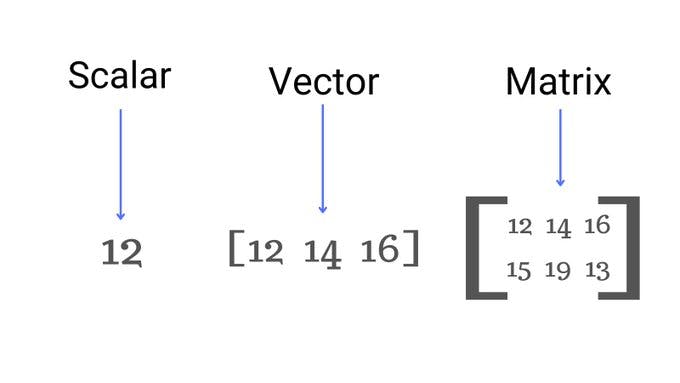
Concluding thoughts
Of course, this isn't everything and there are many, many more concepts in linear algebra used for machine learning.
However, this blog post covers a lot of the basics of Linear Algebra that you'll need for machine learning.
If you liked this blog post then share it with others so that they can benefit from it. I am planning to make a similar blog post for calculus and I'd love to hear your thoughts in the replies.
Keep Learning! 💪
